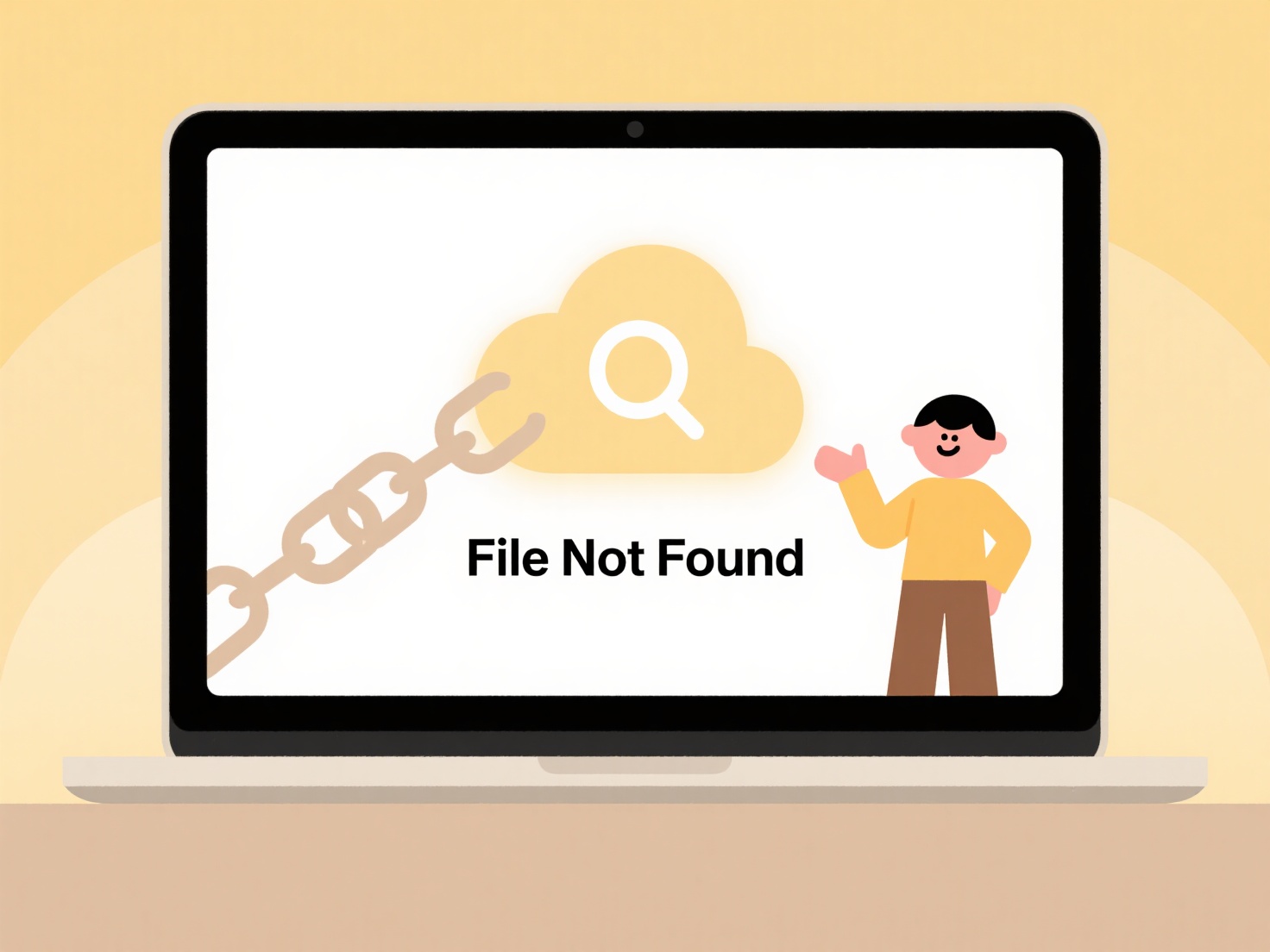
A hash-based duplicate file finder identifies identical files by generating a unique "fingerprint" (hash) for each file's content using algorithms like MD5, SHA-1, or SHA-256. Unlike methods comparing only filenames, sizes, or modification dates, hashing detects true duplicates even if files are renamed or moved. It works by reading the entire content of a file, processing it through the chosen algorithm, and producing a fixed-length string of characters. Any two files producing the same hash are almost certainly identical in content.

Practical examples include using tools like fdupes on Linux, WinMerge on Windows, or specialized utilities like Duplicate Cleaner Pro or TreeSize. Individuals use these to reclaim storage space by removing redundant photos, documents, or downloads saved in multiple locations. Businesses in data analysis or cloud storage management employ them to deduplicate massive datasets, minimizing storage costs and simplifying backups.
The main advantages are extreme accuracy and reliability, ensuring only exact duplicates are flagged. However, calculating hashes for very large files or vast collections can be computationally slow. While collisions (different files yielding the same hash) are extremely rare with modern algorithms like SHA-256, they remain a theoretical limitation. Ethically, such tools should be used with caution on sensitive data, and future developments focus on integrating hashing with faster metadata checks for broader efficiency.
What is a hash-based duplicate file finder?
A hash-based duplicate file finder identifies identical files by generating a unique "fingerprint" (hash) for each file's content using algorithms like MD5, SHA-1, or SHA-256. Unlike methods comparing only filenames, sizes, or modification dates, hashing detects true duplicates even if files are renamed or moved. It works by reading the entire content of a file, processing it through the chosen algorithm, and producing a fixed-length string of characters. Any two files producing the same hash are almost certainly identical in content.

Practical examples include using tools like fdupes on Linux, WinMerge on Windows, or specialized utilities like Duplicate Cleaner Pro or TreeSize. Individuals use these to reclaim storage space by removing redundant photos, documents, or downloads saved in multiple locations. Businesses in data analysis or cloud storage management employ them to deduplicate massive datasets, minimizing storage costs and simplifying backups.
The main advantages are extreme accuracy and reliability, ensuring only exact duplicates are flagged. However, calculating hashes for very large files or vast collections can be computationally slow. While collisions (different files yielding the same hash) are extremely rare with modern algorithms like SHA-256, they remain a theoretical limitation. Ethically, such tools should be used with caution on sensitive data, and future developments focus on integrating hashing with faster metadata checks for broader efficiency.
Related Recommendations
Quick Article Links
Can renaming a file improve clarity in search results or indexing?
File renaming can significantly improve clarity in search results and indexing. While the actual file contents remain un...
Can I apply document classifications in the cloud?
Document classification, the process of organizing documents into categories based on their content, can indeed be appli...
What’s the difference between cloud and local file storage?
Cloud storage keeps files on remote servers accessed via the internet, while local file storage saves data directly on p...